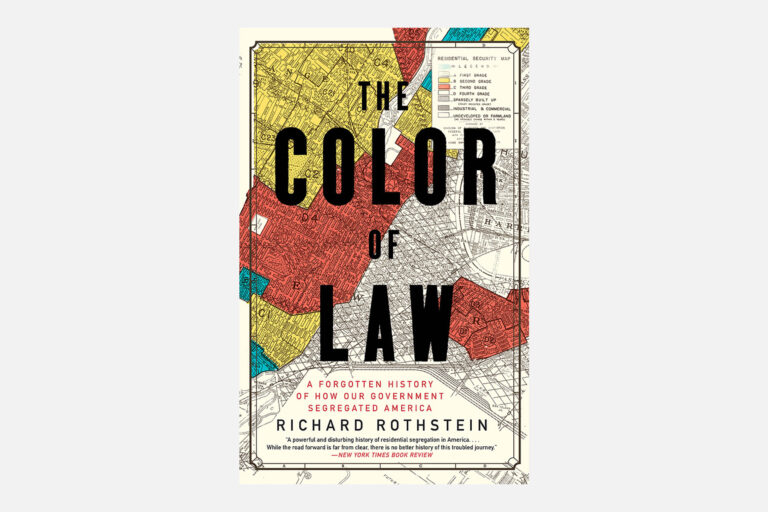

One of the most important methods by which government segregated cities was the construction of segregated public housing (“projects”) from World War I through to the 1960s and 1970s. These three conditions apply to contemporary African American neighborhoods.) Public Housing as a Segregating Agent (A note on terminology: Rothstein uses “Black” and “African American” interchangeably, and refers purposefully to “ghettos.” A “ghetto” describes a residential area with a concentrated minority, a shortage of opportunity, and significant barriers to exit.

The distinction between de jure and de facto segregation is paramount, because de jure segregation is unconstitutional: It infringes the Fifth, Thirteenth, and Fourteenth Amendments to the Constitution.Įach section below covers a specific way in which racial residential segregation was realized, from the segregation of public housing to labor-market discrimination. In other words, racial residential segregation in the United States is de jure (“by law”) rather than de facto (in this context, “by virtue of personal choices or random circumstances”). Richard Rothstein’s The Color of Law argues that racial residential segregation-the fact that some neighborhoods are almost exclusively African American while others are almost exclusively white-is the result of explicit government policy rather than personal choice. 1-Page Summary 1-Page Book Summary of The Color Of Law


 0 kommentar(er)
0 kommentar(er)
